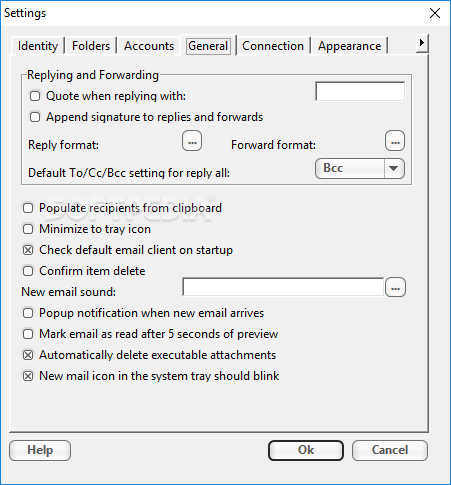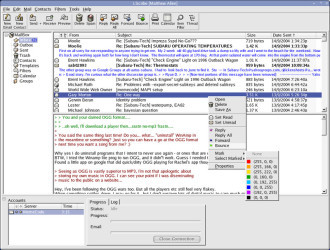

Generalization refers to how well the concepts learned by a machine learning model apply to specific examples not seen by the model when it was learning. The goal of a good machine learning model is to generalize well from the training data to any data from the problem domain. This allows us to make predictions in the future on data the model has never seen. There is a terminology used in machine learning when we talk about how well a machine learning model learns and generalizes to new data, namely overfitting and underfitting. Overfitting and underfitting are the two biggest causes for poor performance of machine learning algorithms. In statistics, a fit refers to how well you approximate a target function. This is good terminology to use in machine learning, because supervised machine learning algorithms seek to approximate the unknown underlying mapping function for the output variables given the input variables. Statistics often describe the goodness of fit which refers to measures used to estimate how well the approximation of the function matches the target function. Some of these methods are useful in machine learning (e.g. calculating the residual errors), but some of these techniques assume we know the form of the target function we are approximating, which is not the case in machine learning. If we knew the form of the target function, we would use it directly to make predictions, rather than trying to learn an approximation from samples of noisy training data. Overfitting refers to a model that models the training data too well. Overfitting happens when a model learns the detail and noise in the training data to the extent that it negatively impacts the performance of the model on new data. This means that the noise or random fluctuations in the training data is picked up and learned as concepts by the model. The problem is that these concepts do not apply to new data and negatively impact the models ability to generalize. Overfitting is more likely with nonparametric and nonlinear models that have more flexibility when learning a target function. As such, many nonparametric machine learning algorithms also include parameters or techniques to limit and constrain how much detail the model learns.įor example, decision trees are a nonparametric machine learning algorithm that is very flexible and is subject to overfitting training data.

This problem can be addressed by pruning a tree after it has learned in order to remove some of the detail it has picked up. Underfitting refers to a model that can neither model the training data nor generalize to new data.Īn underfit machine learning model is not a suitable model and will be obvious as it will have poor performance on the training data. Underfitting is often not discussed as it is easy to detect given a good performance metric. The remedy is to move on and try alternate machine learning algorithms.

Nevertheless, it does provide a good contrast to the problem of overfitting. Ideally, you want to select a model at the sweet spot between underfitting and overfitting. This is the goal, but is very difficult to do in practice. To understand this goal, we can look at the performance of a machine learning algorithm over time as it is learning a training data. We can plot both the skill on the training data and the skill on a test dataset we have held back from the training process. Over time, as the algorithm learns, the error for the model on the training data goes down and so does the error on the test dataset.

If we train for too long, the performance on the training dataset may continue to decrease because the model is overfitting and learning the irrelevant detail and noise in the training dataset. At the same time the error for the test set starts to rise again as the model’s ability to generalize decreases. The sweet spot is the point just before the error on the test dataset starts to increase where the model has good skill on both the training dataset and the unseen test dataset. You can perform this experiment with your favorite machine learning algorithms. This is often not useful technique in practice, because by choosing the stopping point for training using the skill on the test dataset it means that the testset is no longer “unseen” or a standalone objective measure.


 0 kommentar(er)
0 kommentar(er)
